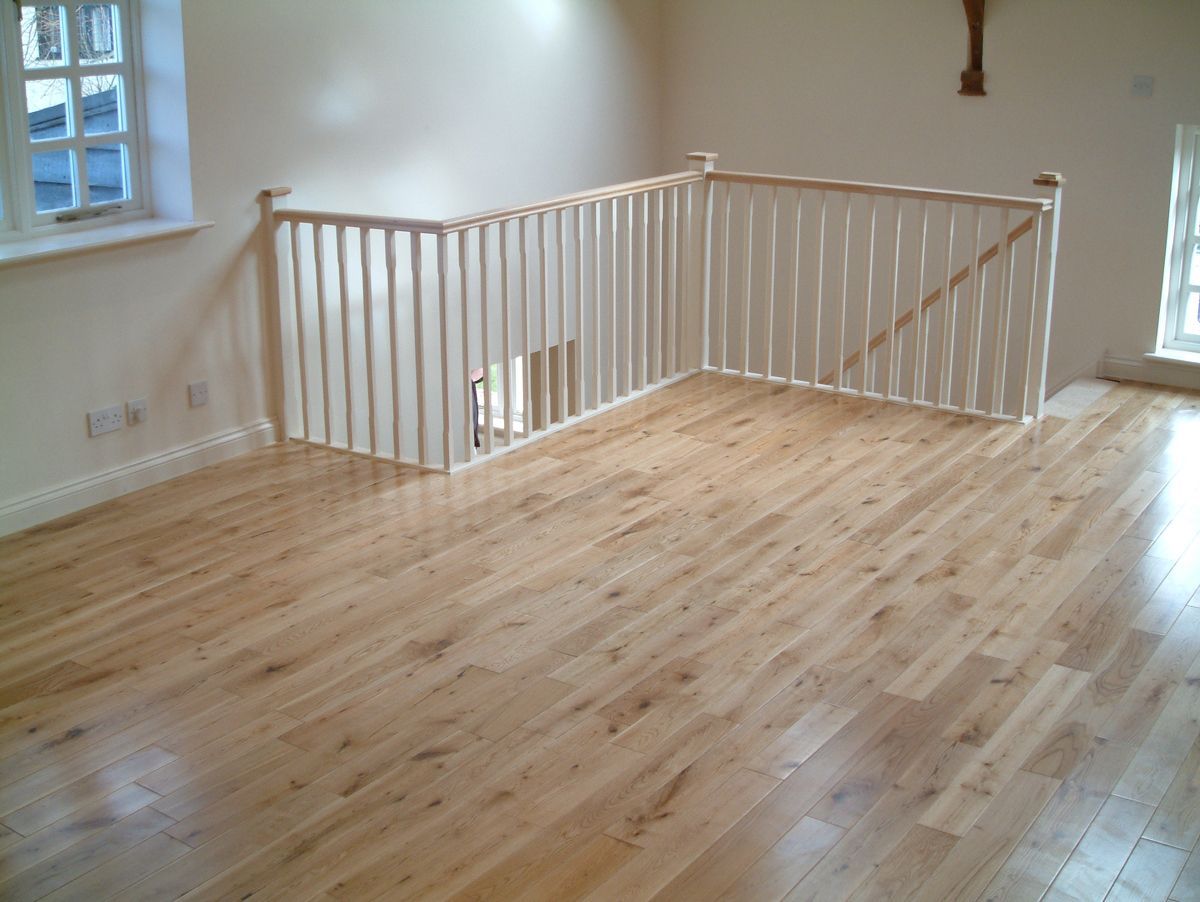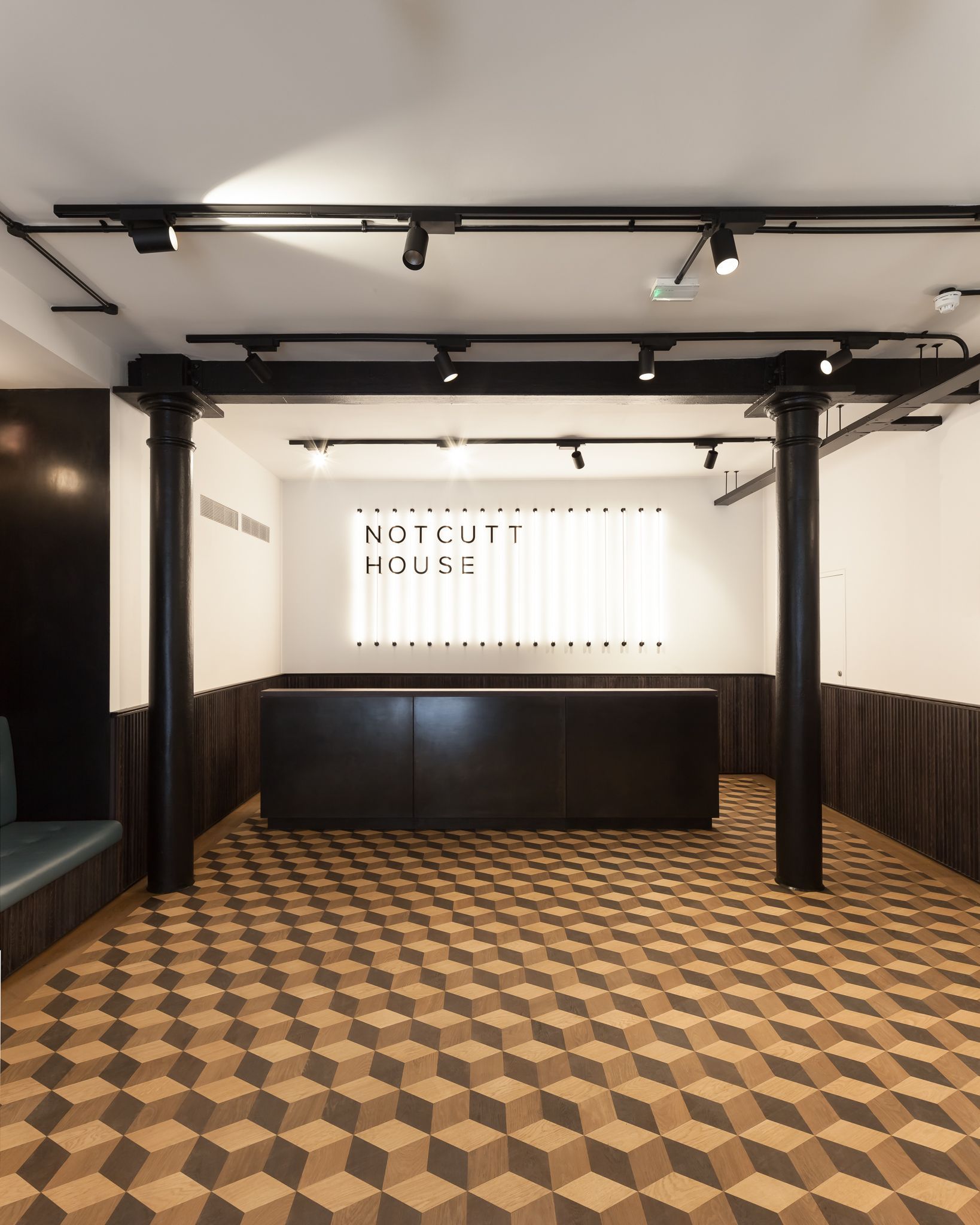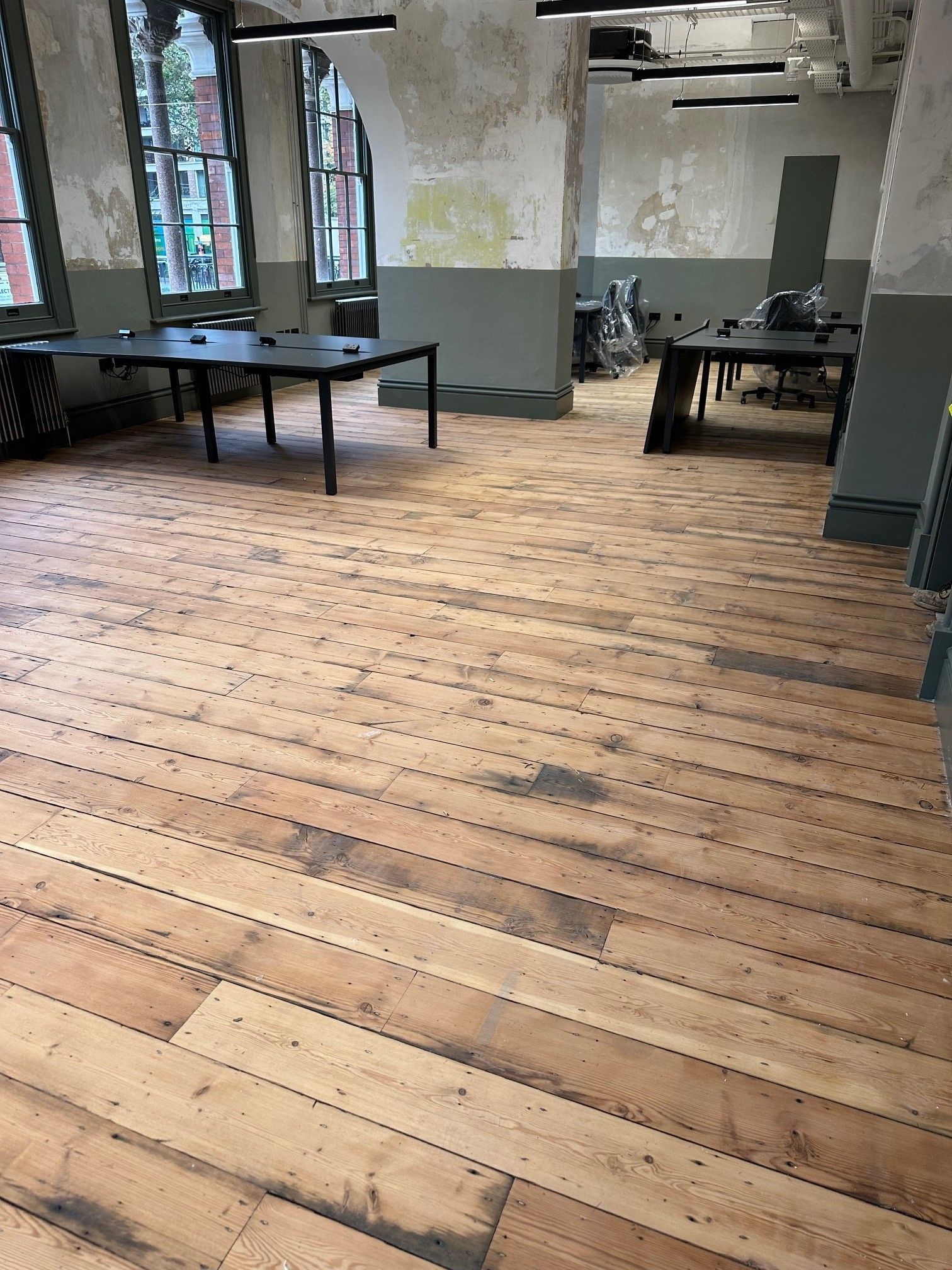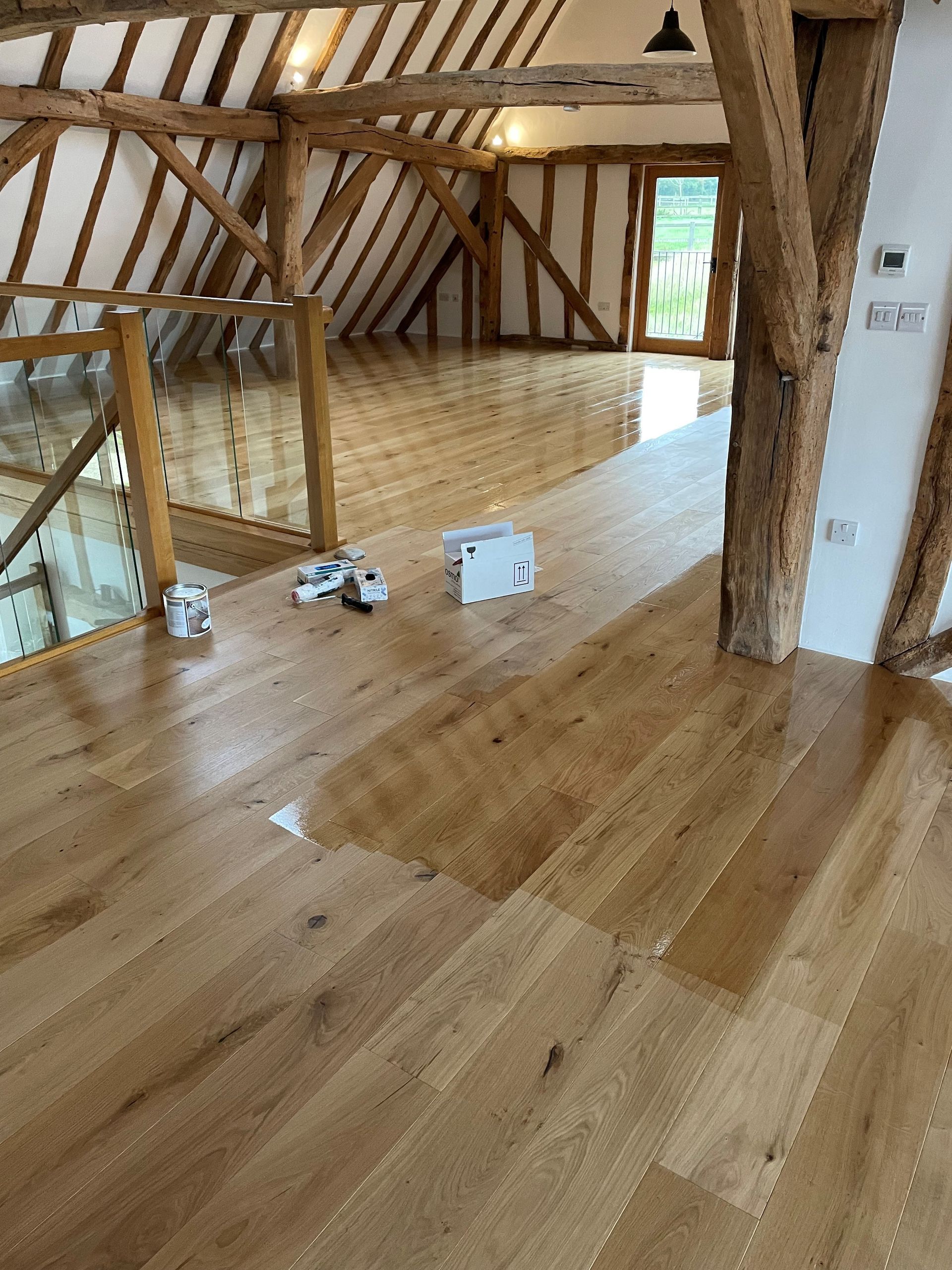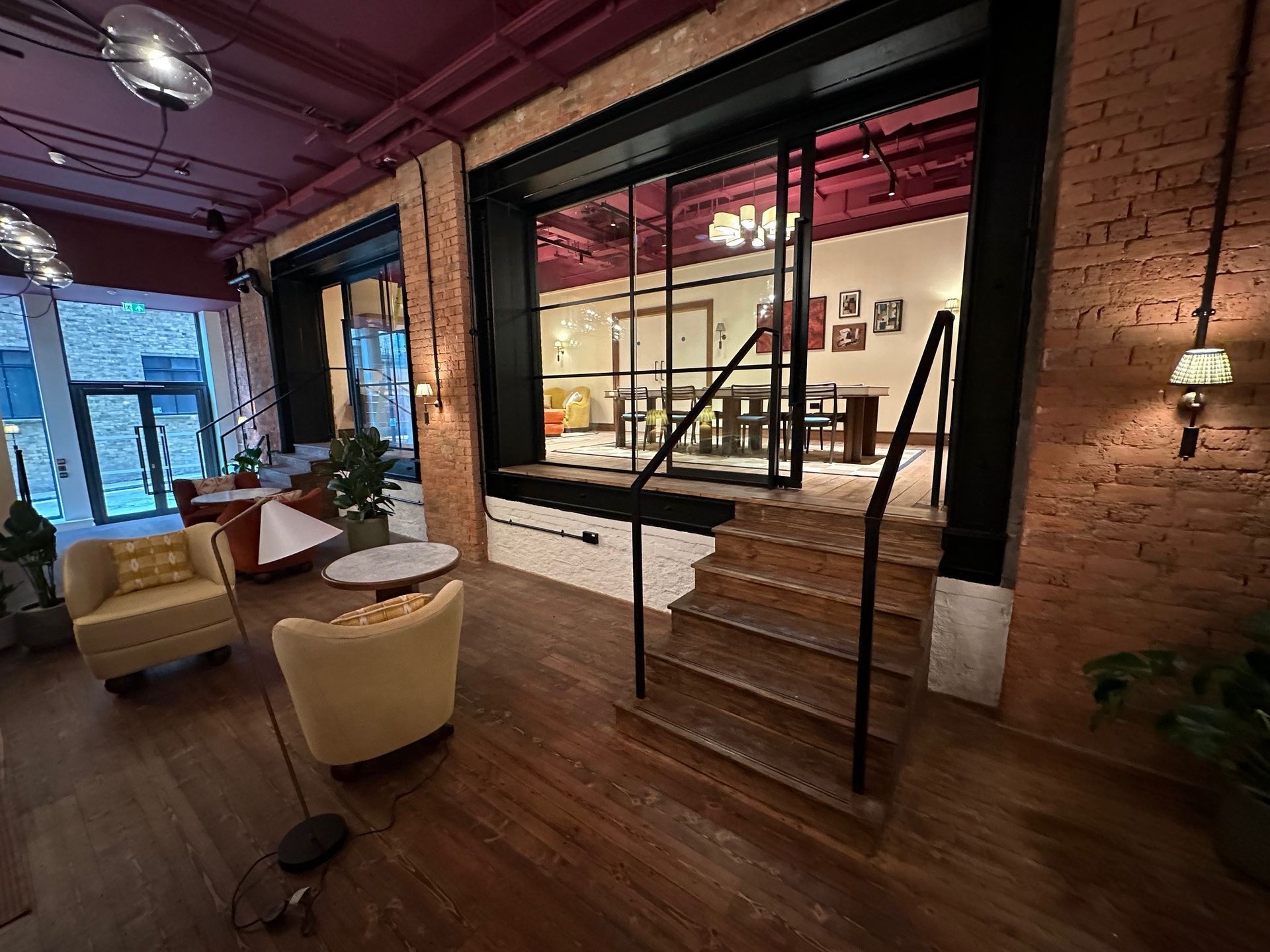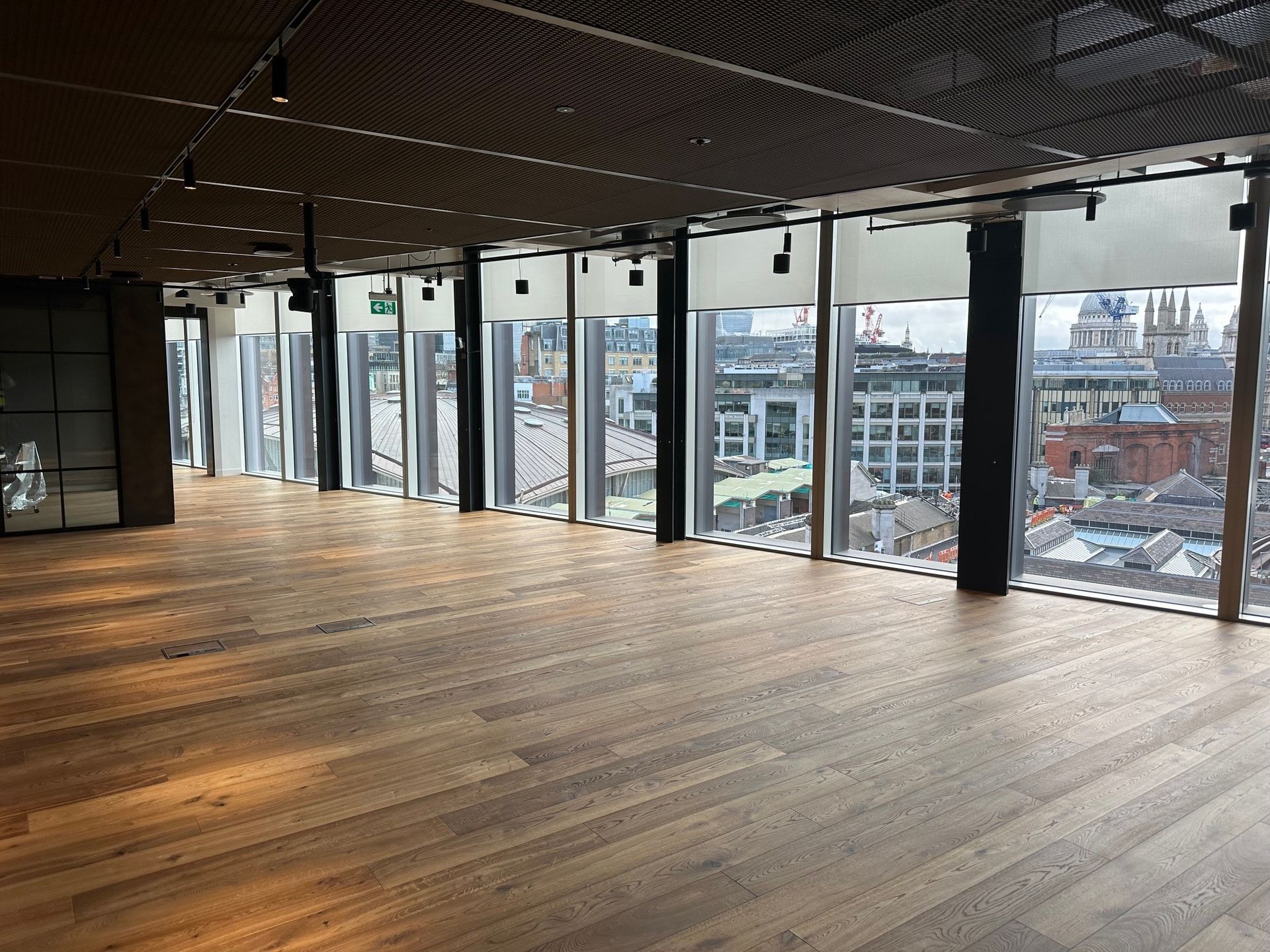Incorporating Timber Flooring into Sustainable Building Practices
The role of responsibly sourced timber in eco-conscious construction
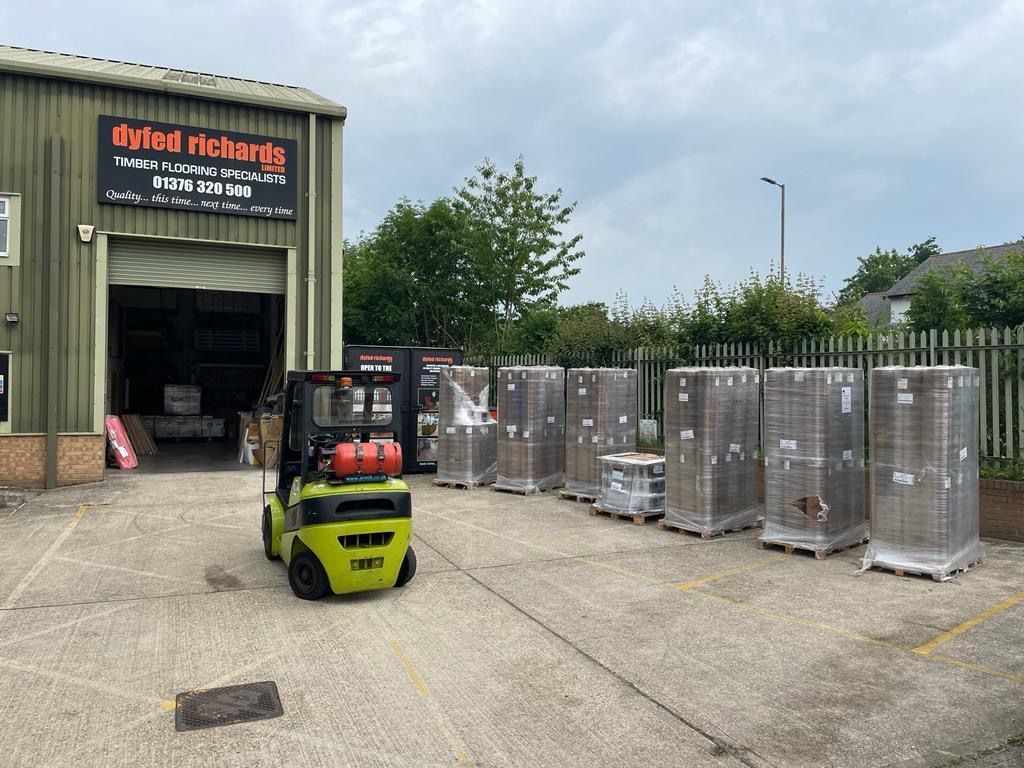
The Importance of Sustainable Materials in Construction
Sustainability in building design is no longer optional. Increasingly, architects, engineers and developers are seeking materials that reduce environmental impact and support long term ecological balance. Timber flooring is an ideal choice, offering renewable properties, energy efficiency and a natural aesthetic that complements modern sustainable architecture.
Selecting Responsibly Sourced Timber
A key consideration in sustainable flooring is sourcing. Certified timber from managed forests ensures that the wood comes from plantations where trees are replanted and biodiversity is maintained. Look for accreditation such as FSC or PEFC, which provide assurance of ethical and environmentally responsible forestry practices. Using certified timber supports global sustainability standards and reduces the impact of deforestation.
Durability and Longevity
Timber flooring is a long lasting investment. When installed correctly, high quality timber can endure decades with minimal maintenance. This durability contributes to sustainability by reducing the need for frequent replacements and limiting waste. Choosing timber with natural resilience and finishing it with eco-friendly treatments further enhances its lifespan while maintaining environmental responsibility.
Eco-Friendly Installation Techniques
Sustainable building practices extend beyond material selection. Installation methods also influence the environmental impact of timber flooring. Using adhesives with low volatile organic compounds and ensuring precise fitting minimises waste and reduces harmful emissions. Additionally, careful planning during installation can optimise the use of each timber plank, further supporting sustainable goals.
Energy Efficiency and Indoor Environment Quality
Timber flooring contributes to the energy efficiency of a building. Wood naturally insulates against temperature fluctuations, reducing the need for excessive heating or cooling. It also regulates humidity by absorbing and releasing moisture, creating a healthier indoor environment. These qualities not only enhance comfort but also support broader sustainability objectives in construction projects.
Integrating Timber Flooring into Modern Sustainable Design
Designers can incorporate timber flooring into sustainable building practices without compromising aesthetics or functionality. Combining timber with other renewable materials, natural lighting and energy efficient heating systems maximises both environmental benefits and visual appeal. This approach demonstrates that sustainability and design excellence can coexist seamlessly.
Conclusion
Incorporating timber flooring into sustainable building practices is an effective way to reduce environmental impact while creating durable and aesthetically pleasing spaces. From responsible sourcing to careful installation and energy efficiency, timber flooring embodies the principles of sustainable construction. By prioritising eco-conscious materials and methods, building professionals can achieve a balance between performance, beauty and environmental responsibility.

